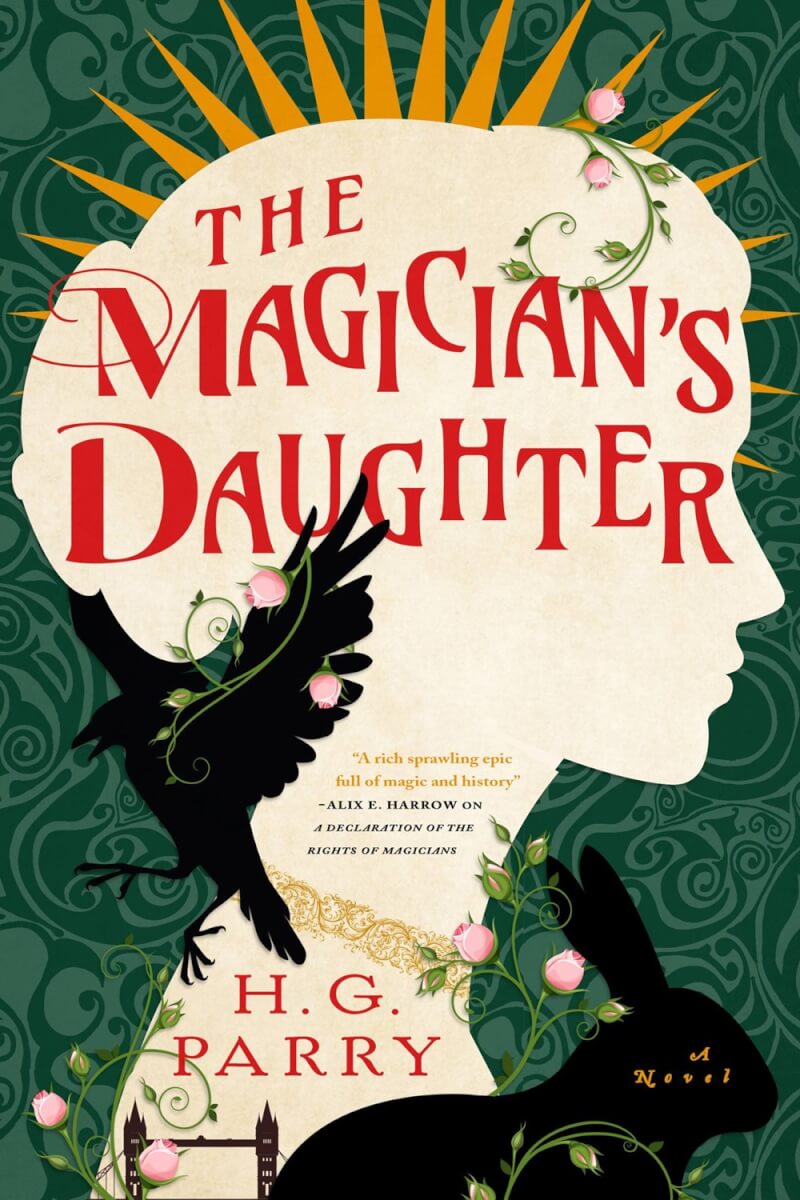Grief is a complicated thing. Sometimes it manifests as denial, anger or even a kind of numbness. But for young Violet Webb, who can see ghosts, death isn’t cause for grief, even after her parents die climbing the deadliest mountain in the world. So when Violet and her older sister, Lily (who, full of adolescent intransigence, believes Violet’s sightings are the figments of a child’s imagination), find themselves under the questionable guardianship of their estranged Aunt Clara in a house filled with ghosts, Violet tries to help the spirits. But unquiet ghosts have their own reasons to linger, and they rarely bode well for the living.
Camilla Bruce’s At the Bottom of the Garden is in some ways a classic example of gothic horror, dealing more directly with fear and hauntings than the viscera of other horror subgenres. Bruce uses these supernatural elements to probe earthly things: namely the Webb sisters’ grief, and their Aunt Clara’s greed. To achieve this, Bruce adopts a multifarious approach, shifting narrators every chapter and adroitly morphing her writing style to suit the characters. Violet’s chapters, for instance, are notably guileless and direct, while Clara’s are filled with overweening self-regard. Bruce presents two layers of horror, balancing the real and surreal. Clara is plagued by the supernatural revenants Violet inadvertently strengthens; meanwhile, the Webb sisters face the all-too-real threat of an abusive guardian. This symmetry allows Bruce to honor the sisters’ grief, how they wrestle with the meaning of death, and to contend thoughtfully with mortality within a story filled with literal ghosts.
Never manipulative but genuinely cathartic, At the Bottom of the Garden is a story of two children coping with the dissolution of their entire world, and discovering a new one in the process. If that sounds rather optimistic for a piece of gothic horror . . . well, genres are only suggestions, after all.


















